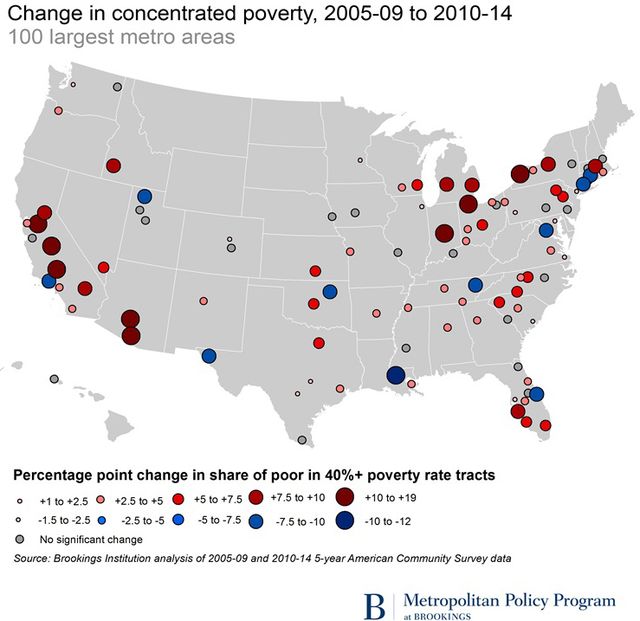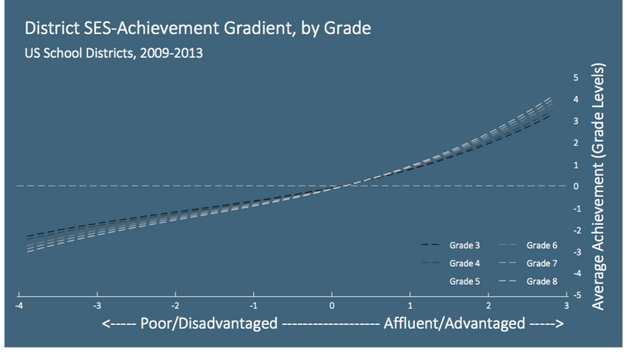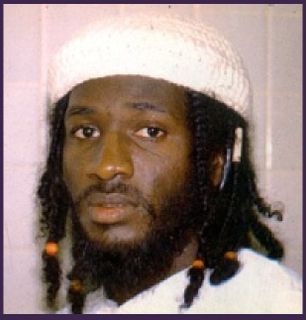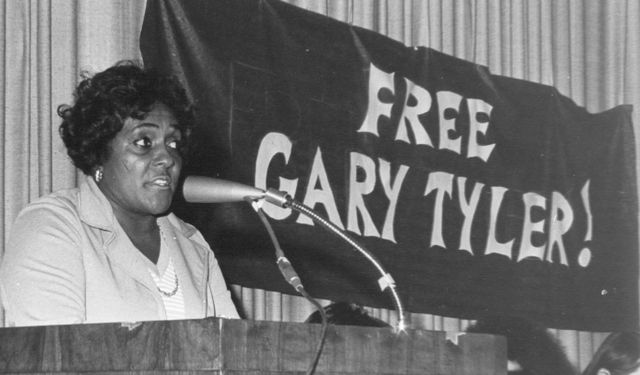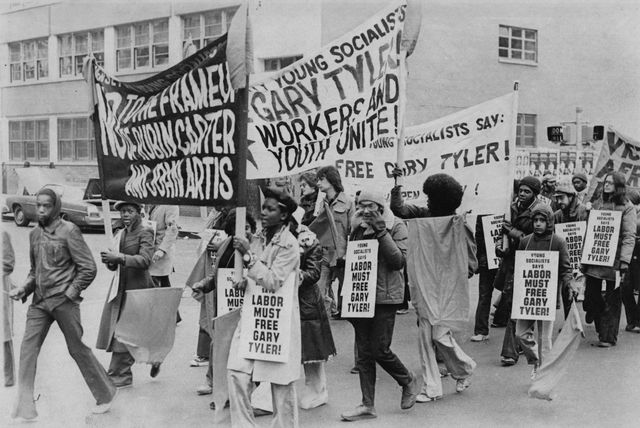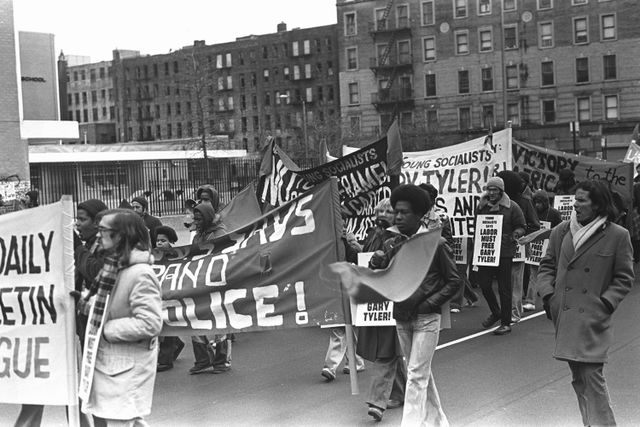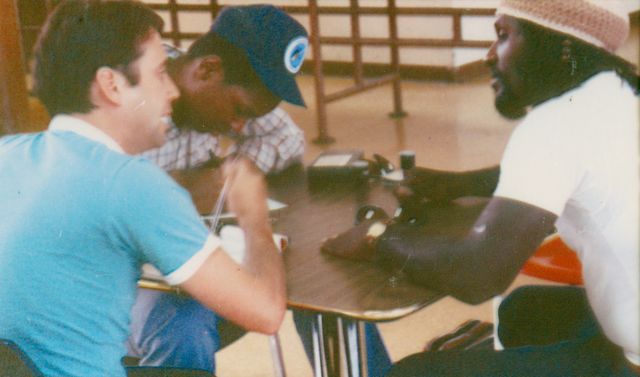Vaidyananth Nishant

The debate on Television, in recent weeks, over Mahendra Singh Dhoni’s role as brand ambassador of the Amrapali Group and his decision to quit from that after a few angry people protested against the cricketer for endorsing flats sold by the builder in New Delhi’s neighbourhood where promises were not kept and work still incomplete has raised questions over the ‘ethics of endorsement’. While it is indeed a matter of doubt as to whether such endorsements lead to better sales of commodities across the spectrum – one wonders if people purchase residential flats only because a celebrity endorses that even while conceding that children get swayed by such endorsement of food products, beverages or fashion goods – the fact is celebrities do impact lifestyle and the way a people think and behave many a times. In any case, endorsing products, is indeed a means to capital gains for the celebrities and in most instances, if not all, the ethical aspect has hardly mattered to them.
As for instance, the list of celebrities who have endorsed Coca-Cola is long: Sachin Tendulkar, HrithikRoshan, Farhan Akthar, Deepika Padukone, Aishwarya Rai, Aamir Khan, etc. And the most ironic among them is Aamir Khan; he recently joined hands with the Devendra Fadnavis government in Maharashtra and introduced the ‘SatyamevJayate Water Cup’ and launched the ‘Paani Foundation’ with its aim of solving water crisis and achieving a drought-free Maharashtra in five years. He is also the face of ‘JalYuktShivir’, a parallel campaign for the same cause by the State Government. It was this same Aamir Khan who was the brand ambassador of Coca-Cola in India when the corporate was exploiting the water resources in Plachimada.
A short account on Plachimada and Coca-Cola is in order. In the 2005, the Coca-Cola plant in Plachimada village in the ChitturTaluk of Palakkad District, Kerala was forced to stop operation. The closure was the fallout of days of protest by the residents of this village and those who joined them from elsewhere, mostly adivasis and farmers along with activists. The Hindustan Coca-Cola Beverages Private Limited had established the plant in 1998-99. The 40 acres of farm land was acquired under the procedure established by law and aided by the then State Government where Coca Cola set up their plant to ‘quench the thirst of Indians’. According to a PUCL Bulletin, the plant sunk more than 65 bore-wells to extract water for industrial needs; as much as about 15 million litres of ground water was extracted per day.
Very soon, such exploitation of ground water left the people of this village and the adjacent region without water and the existing wells were left with brackish water. The damage was not restricted to depletion of ground water resources. The residue silt from the plant was soon getting dumped into the nearby canals and farm lands. Meanwhile, Sachin Tendulkar, who went about endorsing the virtues of Coca Cola enticed one and all to `enjoying’ it sought to balance his deeds (his karma if one goes by the tenets of Gita) by endorsing LivPure (water purifiers) subsequently. Probably he thought that the residents of Plachimada should use LivPure and drink potable water rather than protesting against the contamination of the water bodies in the village and its neighbourhood! Well, Sachin Tendulkar made money out of both and will live to endorse some medicine that may be put out by some pharmaceutical giant to `cure` the ill effects of the cola they consumed earlier. All this can be justified either as karma or simply brazened out as everything is fair in making money and war!
How else does one make sense of Aamir Khan who went about singing praises for Coca-Cola when the farm lands in Kerala were being plundered of its water resources and people were left to suffer? And it is a tragedy that such an unethical face is now talking of solving the water crisis in Maharashtra. It is a shame that this Khan does not even care to apologise for having endorsed Coca-Cola for over a decade. And this is not made a point in any of the debates in the media; asking for too much when the media remained the platform from where all these endorsements were transmitted and the fact being they too made a good share of the money that was spent on these. The ethics of advertisements are flouted as much to help free circulation of news and views and to make profits.
Sachin Tendulkar, the master blaster, and one of the finest cricketers the world has seen, too has fallen prey to this greed over endorsements. He might be a great sportsman; but is equally true that he failed to show sportsmanship when it came to real life. It was all profit and no ethics as this Member of Parliament keeps taking up endorsements even now and he, like many others of his ilk, pulled all the stops to avail of deductions while paying tax on his income. In 2011, for instance, Sachin claimed to be an actor and a cricketer in order to save tax. It may be argued that he did nothing illegal and had only sought to avail of the tax concessions provided under the law.
Sachin Tendulkar, the master blaster, and one of the finest cricketers the world has seen, too has fallen prey to this greed over endorsements. He might be a great sportsman; but is equally true that he failed to show sportsmanship when it came to real life. It was all profit and no ethics as this Member of Parliament keeps taking up endorsements even now and he, like many others of his ilk, pulled all the stops to avail of deductions while paying tax on his income. In 2011, for instance, Sachin claimed to be an actor and a cricketer in order to save tax. It may be argued that he did nothing illegal and had only sought to avail of the tax concessions provided under the law.
And this was not the first instance. Earlier, he had happily accepted a Ferrari 360 Modona from Fiat as he was its brand ambassador and claimed exemption from paying the import duty on it (which was 120% of the car’s value which happened to be around Rs. 1.1 crore); and he sold off the car to a Gujarati businessman subsequently. In response to this, Tushar Gandhi had tweeted, “When Sachin got his Ferrari as a ‘gift’, he wanted duty & excise exemption; now that he has sold it will he ask for capital gains exemption?”
Going back to the 2011 case, Sachin had appealed to the Income Tax Tribunal that he was an actor and not a cricketer; he did this to avail of the tax deduction facility according to section 80RR of Income Tax Act. Under this section, deduction is allowed to an extent for income from foreign sources. And Sachin showed a large amount as expenses in order to avail deduction which was rejected by the Tribunal. Sachin Tendulkar has not been the only one who has shamelessly gone asking for deduction. He is among such others like Harsha Bhogle and Sunil Gavaskar. It is really hilarious that Harsha and Amitabh Bachchan, who are now having a phoney war over being patriotic and over the chanting of ‘holy’ verses as proof of such patriotism and yet both belonged to the same league when it came to not paying taxes.
Interestingly, Sachin Tendulkar had then leaned on Amitabh Bachchan while arguing his case for deduction under Section 80 RR of the Income Tax Act before the Income Tax Tribunal. The fact that it was the cricketer in Sachin Tendulkar that the advertisement makers and the viewers wanted was not accepted by the legend. And today, this legend appears before us in campaigns for a Ministry of Skill Development and Entrepreneurship (MSDE) to trumpet that people doing all kinds of labour will be respected and treated as equals.
The advertisement shows Tendulkar claiming equal status with a carpenter. The campaign promises better wages and dignity of labour. Perhaps, Mr. Tendulkar could first pay tax that would help in the growth of the nation and the development of its people, particularly those belonging to the ‘other’ strata of the society which he is now trying ‘hard’ to empower.
It is pertinent here to revisit Mahatma Gandhi’s understanding of varna. Gandhi, at a certain point in his life, had held that the the four varnas are like the four vital organs of the body. If anyone stopped working, the rest would all fail. Hence, no occupation is superior to another and every skilled labourer has his/her own importance in the society. It would have been better if the Ministry had adopted this while considering such a programme than allowing tax evaders to campaign for such a programme.
But the biggest of the double speaks turns out to be one of India’s best actor, who also does not seem to be aware that the national anthem of India should be sung in 52 seconds. Amitabh Bachchan, recently, got caught when names of those who held secret accounts in tax havens (the Panama Papers) were put out in the public domain. He had made a lot of offshore investments in bogus firms and this money was used for all kinds of notorious activities. He is not only guilty of tax evasion, but also of illegal activities. But then, he claimed that he did not know how his name appeared in the list of Indians who had invested in the Panama Islands. It could have been Amjad Khan, if Sholay is to be revisited and this was Gabbar Singh’s way of getting back at Veeru! But then, the Panama papers belong to the real world and not the reel world!
But the biggest of the double speaks turns out to be one of India’s best actor, who also does not seem to be aware that the national anthem of India should be sung in 52 seconds. Amitabh Bachchan, recently, got caught when names of those who held secret accounts in tax havens (the Panama Papers) were put out in the public domain. He had made a lot of offshore investments in bogus firms and this money was used for all kinds of notorious activities. He is not only guilty of tax evasion, but also of illegal activities. But then, he claimed that he did not know how his name appeared in the list of Indians who had invested in the Panama Islands. It could have been Amjad Khan, if Sholay is to be revisited and this was Gabbar Singh’s way of getting back at Veeru! But then, the Panama papers belong to the real world and not the reel world!
And this man has been endorsing brands, everyday; from Maggi to agarbathis and a scooter and probably any product under the sun which would favour him to make further investments offshore. He agreed to become the brand ambassador of Gujarat state much after that very government was responsible for the murder of innocent Muslims in 2002.
If we take the case of Indian celebrities there are many such incidents. Was Salman Khan ‘being human’ when he murdered one and injured four others while driving drunk? It might be due to the spirit of adventure and the adrenaline rush he got through excessive consumption of Thumbs-up! Or Malayalam actor and an officer in the Territorial Army, Mohan Lal, endorses Malabar Gold in the morning and asks people to buy gold as it is auspicious. The same person comes on Television, soon after, to ask the same viewers to pledge their gold for money as he endorses a Gold Finance company.
If we take the case of Indian celebrities there are many such incidents. Was Salman Khan ‘being human’ when he murdered one and injured four others while driving drunk? It might be due to the spirit of adventure and the adrenaline rush he got through excessive consumption of Thumbs-up! Or Malayalam actor and an officer in the Territorial Army, Mohan Lal, endorses Malabar Gold in the morning and asks people to buy gold as it is auspicious. The same person comes on Television, soon after, to ask the same viewers to pledge their gold for money as he endorses a Gold Finance company.
There is an array of celebrities who empathise with the hungry, starving children who suffer malnutrition but go about endorsing beauty products with fruit extracts and vitamins.
It is time our celebrities stop endorsing brands and products just for profit. They carry a heavier responsibility on their shoulder; their responsibility towards the people of this nation. They must come forward and apologise if they have been responsible for any kind of degradation in the society and stop further degrading it with their greed for money. And above all, us citizens must sue such thieves and realise, it is these shameless beings who are the actual anti-nationals and not the ones who are blamed to be today. It is time to say it loud and clear that campaigning for Coca-Cola is indeed terrorism? It is not the refusal to say ‘Bharat Mata Ki Jai’ that makes one anti-national; instead tax evasion and endorsing such products that are made looting our resources and depriving our people of those is what makes one a terrorist.
It is time our celebrities stop endorsing brands and products just for profit. They carry a heavier responsibility on their shoulder; their responsibility towards the people of this nation. They must come forward and apologise if they have been responsible for any kind of degradation in the society and stop further degrading it with their greed for money. And above all, us citizens must sue such thieves and realise, it is these shameless beings who are the actual anti-nationals and not the ones who are blamed to be today. It is time to say it loud and clear that campaigning for Coca-Cola is indeed terrorism? It is not the refusal to say ‘Bharat Mata Ki Jai’ that makes one anti-national; instead tax evasion and endorsing such products that are made looting our resources and depriving our people of those is what makes one a terrorist.
